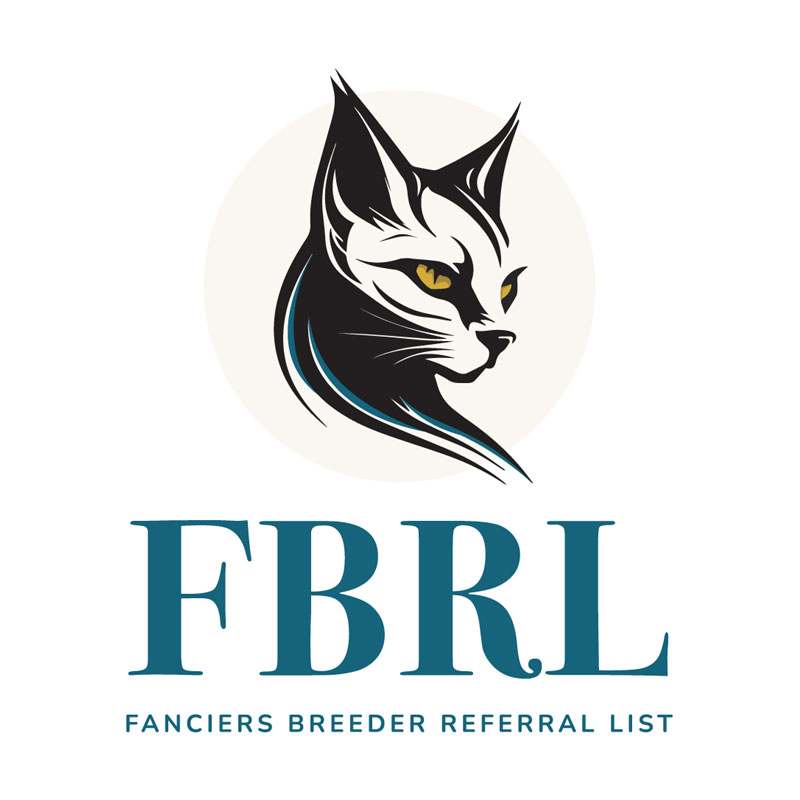Hello everyone,
I was wondering if anyone with knowledge regarding the Burmese can help me.
I have actually never purchased a cat or dog through a breeder only worked with rescues but my husband and I decided our next family member will be through a breeder. As I’ve never worked with a breeder before or even owned a purebred cat I am a bit new to all this....
We have decided after thorough research that the Burmese (or Russian blue) fits our lifestyle and what we are looking for in a cat. I am drawn to the Burmese because I am told over and over again that their personalities are very much like dogs. That they love social companionship, love cuddles, intelligent, etc. very much like that of a dog. As someone who has way more experience with dogs than cats, this is my ideal type of cat. (Unless I’m mistaken, please do tell me so)
While looking for a reputable Burmese breeder I came across numerous sites claiming that the “American” Burmese are riddled with disease due to inbreeding, etc and that the “Thailand” Burmese are much healthier and even friendly but do not specifically have some physical traits as the American Burmese. I tried looking for a Thailand Burmese breeder but none pops up except maybe 3. 1 being TICA registered and the other 2 not. This one breeder has a whole page as to why he chooses to cross imported Thailand Burmese back to the American Burmese and he states he does this specifically for health reasons but he also doesn’t have a neuter/spay contract and stages he has kittens “all the time....”. I don’t know that rang a red flag...
Is it true that the American Burmese are riddled with disease or is he just saying that to justify his mix? Is there a difference in personality, as I am drawn to this breed for their personality. He claims that his cross breeds are cat dogs and are very healthy. As someone who spent hundreds of thousands of dollars on sick rescues who had special medical needs, health is so very important to me. I also do not want to lose an anima so young to terminal illness anymore, it is so hard to go through that.
Sorry for the long post and thank you for taking your time to read this.
I was wondering if anyone with knowledge regarding the Burmese can help me.
I have actually never purchased a cat or dog through a breeder only worked with rescues but my husband and I decided our next family member will be through a breeder. As I’ve never worked with a breeder before or even owned a purebred cat I am a bit new to all this....
We have decided after thorough research that the Burmese (or Russian blue) fits our lifestyle and what we are looking for in a cat. I am drawn to the Burmese because I am told over and over again that their personalities are very much like dogs. That they love social companionship, love cuddles, intelligent, etc. very much like that of a dog. As someone who has way more experience with dogs than cats, this is my ideal type of cat. (Unless I’m mistaken, please do tell me so)
While looking for a reputable Burmese breeder I came across numerous sites claiming that the “American” Burmese are riddled with disease due to inbreeding, etc and that the “Thailand” Burmese are much healthier and even friendly but do not specifically have some physical traits as the American Burmese. I tried looking for a Thailand Burmese breeder but none pops up except maybe 3. 1 being TICA registered and the other 2 not. This one breeder has a whole page as to why he chooses to cross imported Thailand Burmese back to the American Burmese and he states he does this specifically for health reasons but he also doesn’t have a neuter/spay contract and stages he has kittens “all the time....”. I don’t know that rang a red flag...
Is it true that the American Burmese are riddled with disease or is he just saying that to justify his mix? Is there a difference in personality, as I am drawn to this breed for their personality. He claims that his cross breeds are cat dogs and are very healthy. As someone who spent hundreds of thousands of dollars on sick rescues who had special medical needs, health is so very important to me. I also do not want to lose an anima so young to terminal illness anymore, it is so hard to go through that.
Sorry for the long post and thank you for taking your time to read this.



